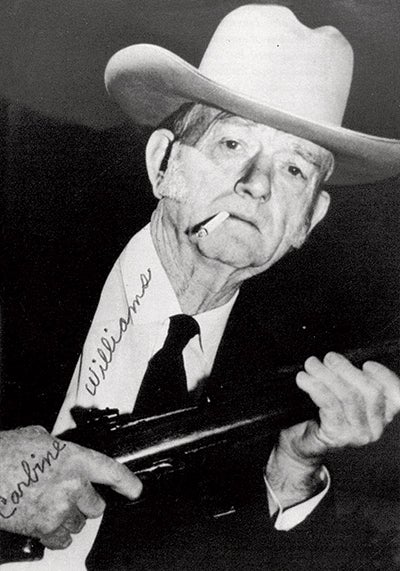As it often happens, the exploits of a team of talented individuals is often attributed to that of one person. In a good example, many think of Eugene Stoner as the inventor of the AR-15, which is largely true (though some would argue that Jim Sullivan and the team had a significant amount of input). On the opposite side, its not the case with David Marshall “Carbine” Williams who is attributed design credit on the M1 carbine. Turns out that he was quite distant from the project.
NRA Publications’ American Rifleman recently posted up a great spread on “Carbine” Williams and his true involvement with the famous carbine. While he did invent the now well-used short-stroke piston, the rest of the gun is largely the work of the Winchester company, not the work of Carbine Williams himself.
For those not familiar with Mr. Williams, he has a storied past. Convicted of murder after a law enforcement raid on his illegal still (back in the days of Prohibition), Willaims’ design experience came from working in the prison machine shop, where he worked most of the day on various designs. With the sentence at 20 to 30 years, he was paroled early and released from prison in 1931 with two novel designs: the “floating chamber” and the short-stroke piston.
The rest, from there, is history. For a full run-down on the character (and that he was), check out American Rifleman’s piece on their website here.
*Note – Title image from the NRA’s article.
 Your Privacy Choices
Your Privacy Choices
